Rattlesnake Plant Care: How To Grow Rattlesnake Houseplants
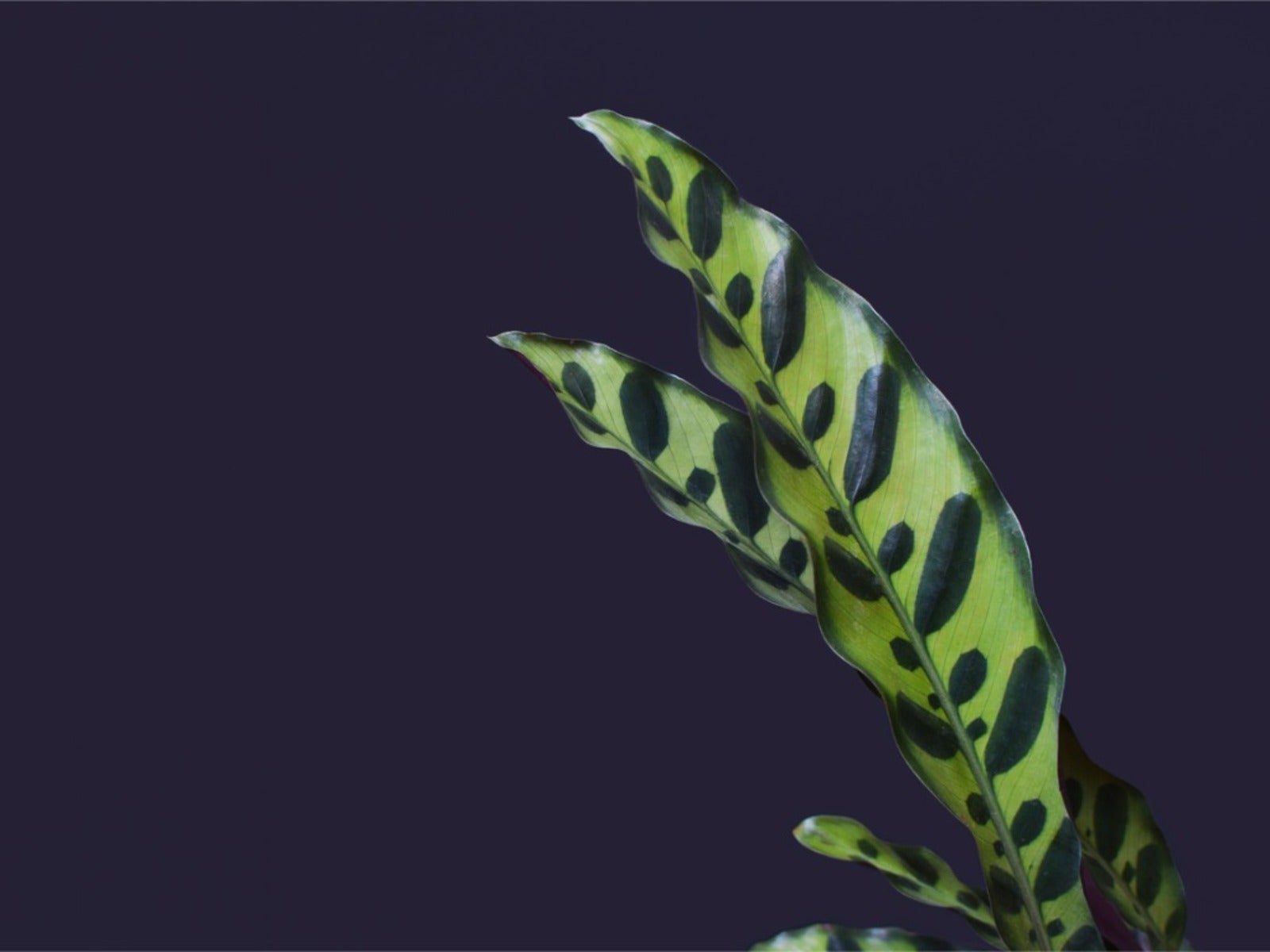

Amy Grant
The Calathea rattlesnake plant is a decorative perennial with strappy, spotted leaves and deep purple undersides. It is a gorgeous variegated tropical plant that can be grown indoors as a houseplant or outdoors in USDA zones 11b-12b. It hails from the Brazilian rainforest where its leaves are used to wrap and store food, thriving there in moist, warm, semi-shady climates.
If the conditions are just right, the rattlesnake plant produces bright yellow-orange blooms in late spring and early summer and can grow to heights of 30 inches (76 cm) and sometimes even taller. Like other calathea plants, it is so named for its attractive foliage and interesting patterns.
But you don’t need to be in Brazil to enjoy this plant. It only requires sufficient humidity, soil moisture and warm temperatures. Read on to learn how to grow and care for rattlesnake calathea.
Quick Facts about Rattlesnake Plants:
- Botanical name: Goeppertia insignis, formerly Calathea lancifolia
- Height: 18 inches inside, 30 inches outside (46, 76 cm)
- Spread: 9-18 inches (23-46 cm)
- Sun exposure: Partial
- Soil Requirements: Moist but well-draining
- Hardiness zones: 11b - 12b
- When to plant: End of winter to early spring
Calathea Rattlesnake
As a rainforest native, the Calathea rattlesnake plant thrives in moist, warm, semi-shady climates. In the proper growing conditions, the plant will produce its showy blooms in late spring and early summer. Growing to heights of 30 inches (76 cm.) and sometimes more, like other calathea plants, it is known for its attractive foliage and interesting pattern.
A Distinctly Unique Houseplant
The rattlesnake plant is a highly ornamental, herbaceous, perennial evergreen with a showy patterned foliage of dark and light green. The undersides of its leaves are a brilliant shade of purple. The beautiful pattern in its leaves gives rise to the common name of “rattlesnake” due to its similarity to the intricate skin patterns of the venomous reptile.
A true tropical plant, rattlesnake plant is not frost hardy and is usually grown as a houseplant in North America, although in Hawaii and the southernmost reaches of Florida and California it may be found outdoors. The calathea rattlesnake plant loves shade or partial shade and is most often grown in courtyards or other sheltered areas.
Plants grown outside can bloom from late spring to early summer with 2-4 inch (5-10 cm) yellow blooms. It’s good to note that the plant rarely blooms when grown indoors.
Gardening tips, videos, info and more delivered right to your inbox!
Sign up for the Gardening Know How newsletter today and receive a free copy of our e-book "How to Grow Delicious Tomatoes".
Growing in a fountain-like habit, up and out then flowing downward, a healthy rattlesnake plant can grow to about 1.5 feet (46 cm) tall when living indoors, and 2.5 feet (76 cm) when planted outside.
Is the Rattlesnake Plant a Calathea?
The rattlesnake plant was formerly known as Calathea lancifolia, with the genus name derived from the Latin “calathus” meaning a vase-shaped basket, and lancifolia referring to the conical blooms of the plant.
In 2012, about 200 species of Calathea were moved to the Geoppertia genus. The rattlesnake plant is among these, and its botanical name is now Geoppertia insignis, although it is still frequently labeled C. lancifolia. Rattlesnake plants may be mistaken for G. majestica, G. makoyana, G. zebrina or Ctenanthe amabilis, C. lubbersiana, or C. oppenheimiana.
How to Grow Rattlesnake Calathea
Due to their specific humidity, heat and light requirements, rattlesnake plants are usually not recommended for novice houseplant owners.
Light
If you decide to give this beauty a try, filtered light is the best option. Your plant should be placed in a well-lit room or on a windowsill, provided the light is diffused with a curtain or shade. Morning sunlight is fine, but it’s best to avoid intense afternoon sunlight. When deciding where this plant should live, consider the sun and shadows of its native rainforest.
Temperature
The perfect temperature for a rattlesnake plant is between 60-75 F (16-24 C). Rattlesnake plants tend to thrive in warm rooms where temperatures stay consistently above 60-75 degrees F. (15-23 C). Any lengthy exposure below these temps can result in browned tips, leaf wilt and potential death. Exposure to drafts, dips in temperature, and poor air flow are all damaging to this plant. Air conditioning and the dehydrating quality of forced air systems are also very detrimental to the moisture-loving rattlesnake plant.
Propagation
Seeds for this plant are hard to source so the best option for propagation is division, which should occur in the winter to early spring.
Check Out Our Complete Houseplant Guide
Water
The calathea rattlesnake plant likes high humidity but not waterlogged conditions. Water the plant consistently to keep it evenly moist during the growing phase, and in the winter allow the top of the soil to dry before watering. Water in small amounts frequently rather than watering deeply, and do not allow the plant to sit in standing water. To maintain the humidity, set the potted plant on a tray atop some pebbles. Mist the plant regularly or bring it into the bathroom when you shower. A humidifier is helpful, as is a terrarium.
Soil
Select a well-draining potting soil; a light sandy soil or a mix of two parts peat moss to one part perlite works well. The soil should also be slightly acidic to neutral. Be sure the container has a drainage hole to prevent soggy soil, which contributes to root rot.
Fertilizer
As part of your rattlesnake plant care regimen, you can feed the plant monthly during the growing season using a diluted solution of a balanced, water-soluble fertilizer. Be sure the soil is moist before fertilizing.
Pruning
As your plant grows, remove any spent blooms and prune the older, damaged leaves to keep the plant neat and healthy.
Problems Caring for a Rattlesnake Plant
Pests
Watch carefully for spider mites, especially if the soil becomes dry or the humidity gets low. The mites are usually easy to control with insecticidal soap spray. Use a very mild homemade soap spray or a commercial product designed for tropical plants.
Environmental Problems
Burning and browning along leaf edges is generally a result of uneven watering, intense sunlight, or excessive fertilizer.

A Credentialed Garden Writer, Mary H. Dyer was with Gardening Know How in the very beginning, publishing articles as early as 2007.
- Amy GrantWriter
-
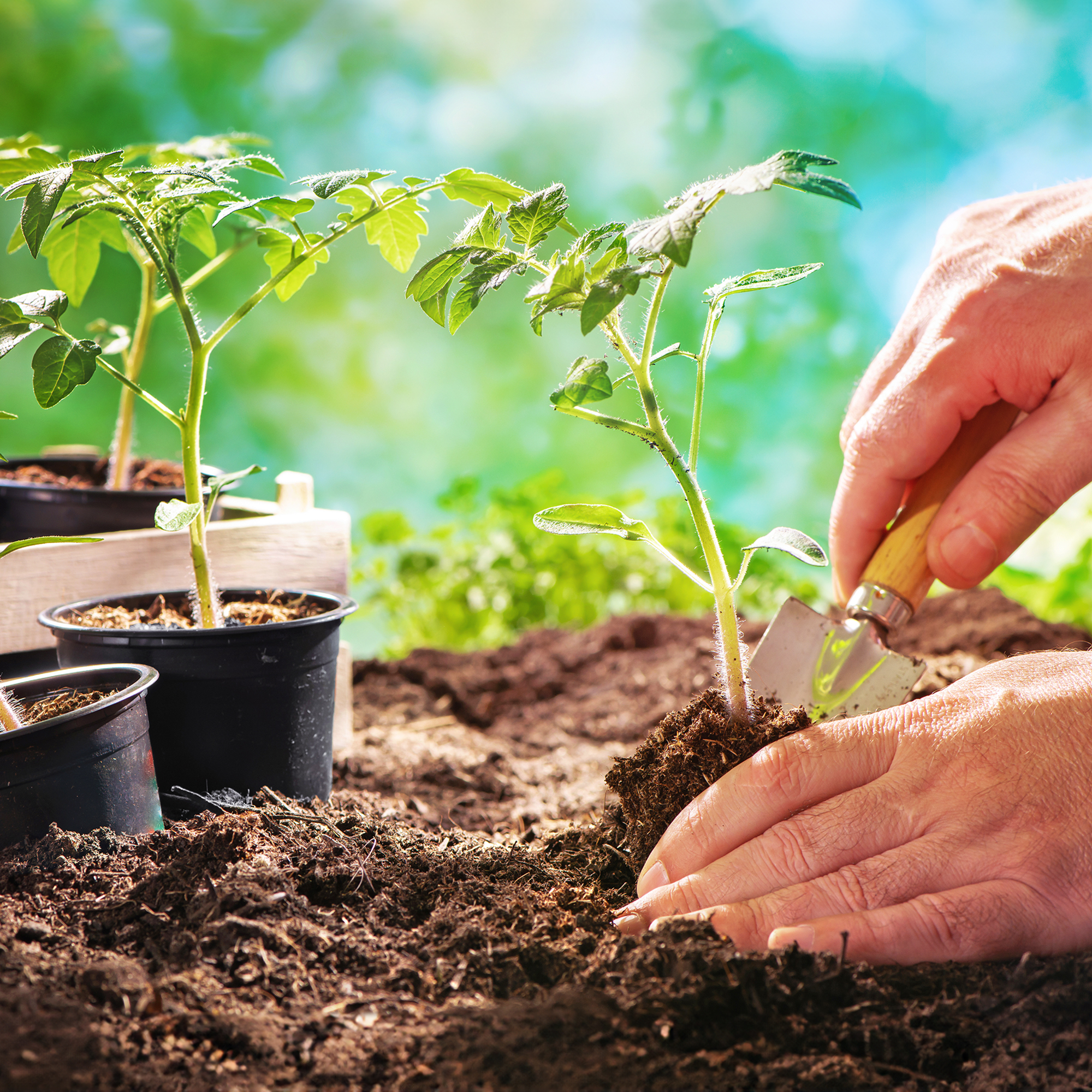 Best Soil Tor Tomatoes: How To Cultivate The Perfect Blend & Add Amendments For A Bountiful Harvest
Best Soil Tor Tomatoes: How To Cultivate The Perfect Blend & Add Amendments For A Bountiful HarvestGive your tomato plants the foundation they need. Learn how to mix the ideal soil and choose the right amendments for your most abundant harvest yet.
By Amy Grant
-
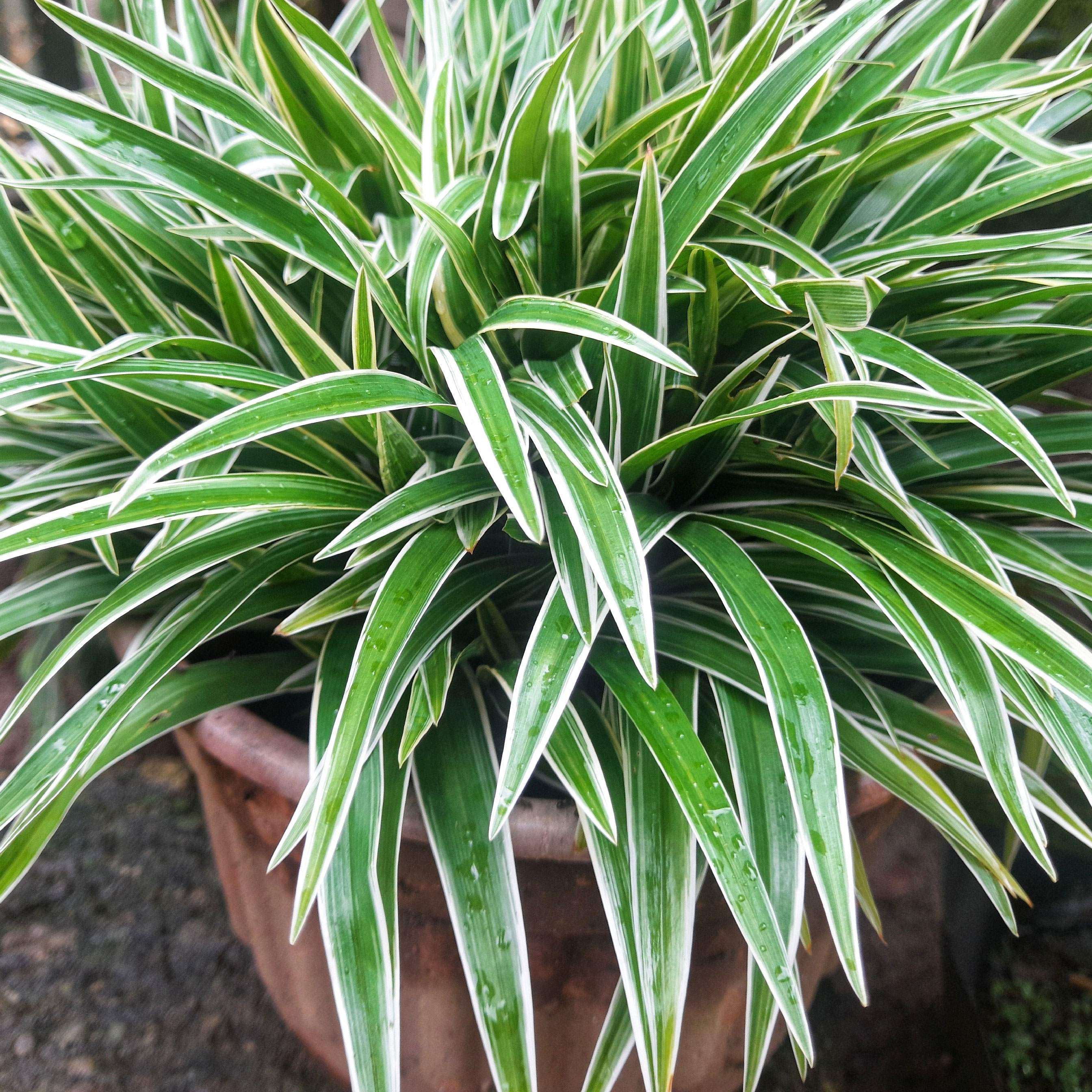 Want To Know How To Make A Spider Plant Bushier? 4 Secrets For Lush & Bushy Spiders
Want To Know How To Make A Spider Plant Bushier? 4 Secrets For Lush & Bushy SpidersAre you looking for ways to make your spider plant look bigger or more dramatic? Follow these quick and easy tips on how to make a spider plant bushier
By Teo Spengler
-
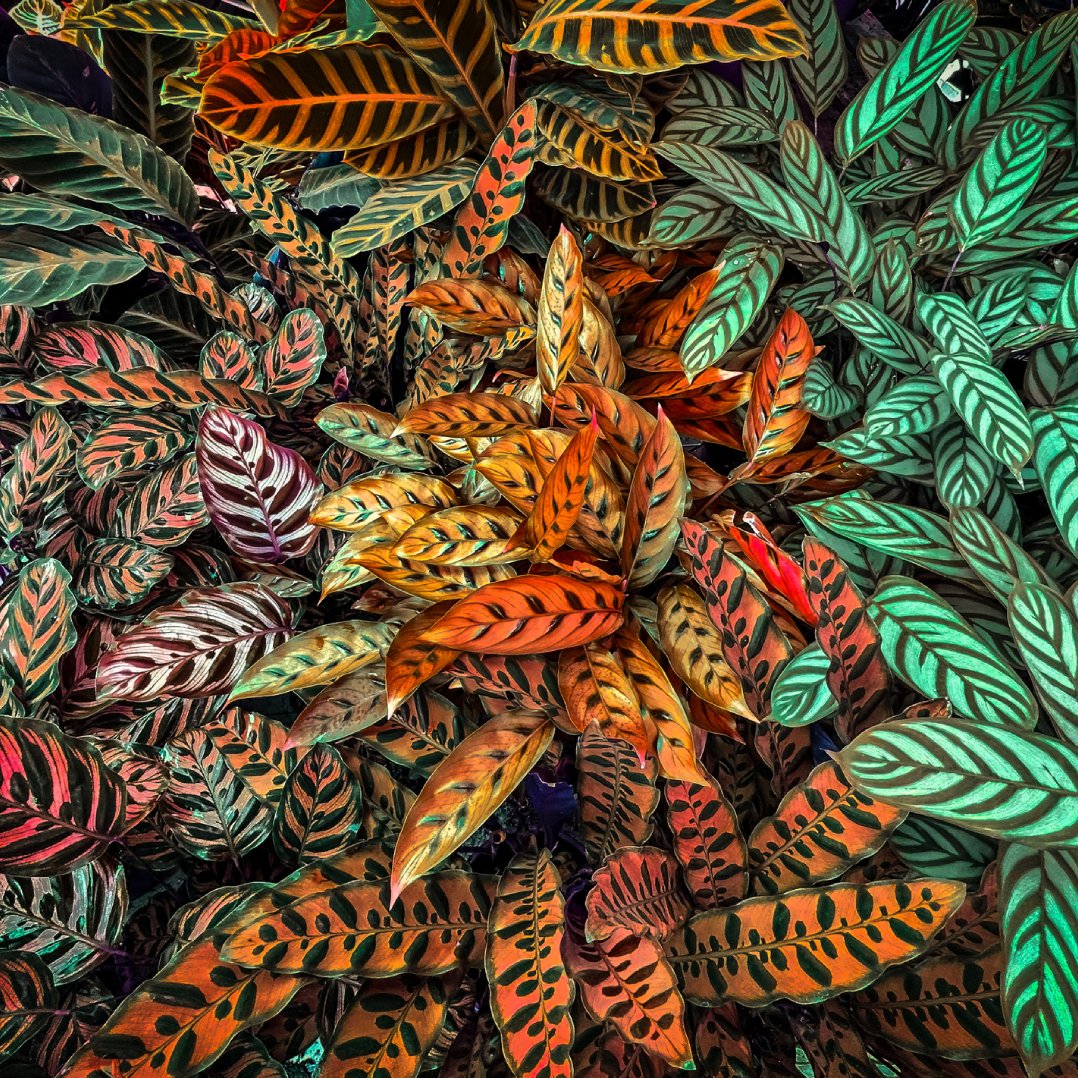 4 Beautiful Types Of Calathea To Try
4 Beautiful Types Of Calathea To TryMany Calathea varieties go beyond the average beauty of a houseplant. Humidity and indirect light make them happy, and they’ll dress up your home with dramatic multi-colored leaves with geometric patterns.
By Susan Albert
-
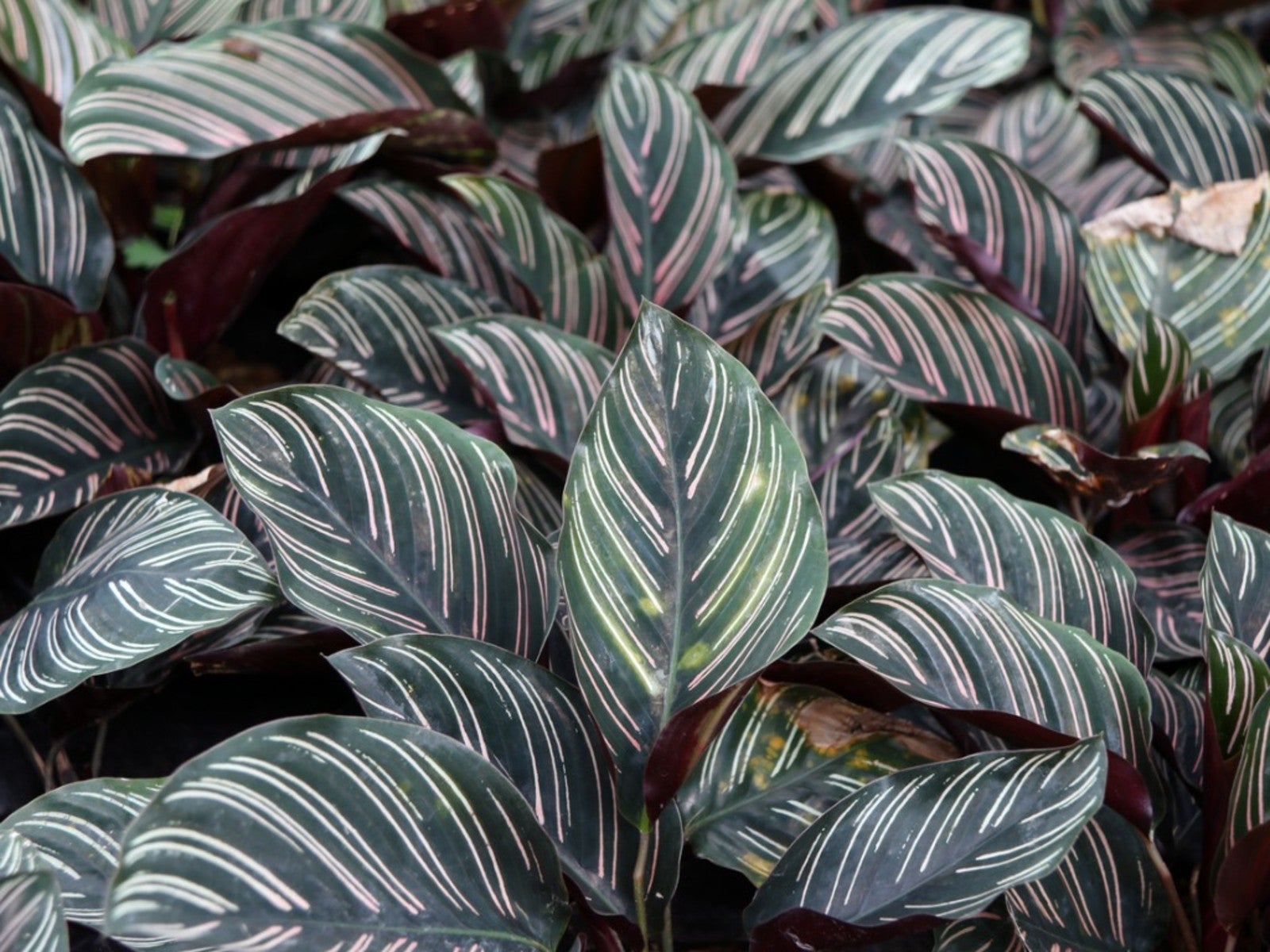 Varieties Of Calathea – Learn About Different Calathea Plants
Varieties Of Calathea – Learn About Different Calathea PlantsThere are many types of Calathea that come in a beautiful array of showy foliage. In fact, there are nearly 300 different cultivars, but only a small number are readily available. Read on to learn about them.
By Raffaele Di Lallo
-
 Winterizing Calatheas: Tips For Calathea Care In Winter
Winterizing Calatheas: Tips For Calathea Care In WinterCalatheas are tropical plants and commonly grown indoors. Click here to learn about winterizing calatheas and their care in winter.
By Mary H. Dyer
-
 Calathea Propagation Methods: How To Propagate Calathea Plants
Calathea Propagation Methods: How To Propagate Calathea PlantsGrown for its attractive foliage, the calathea is a favorite houseplant. Click here for info on the propagation of calathea plants.
By Becca Badgett
-
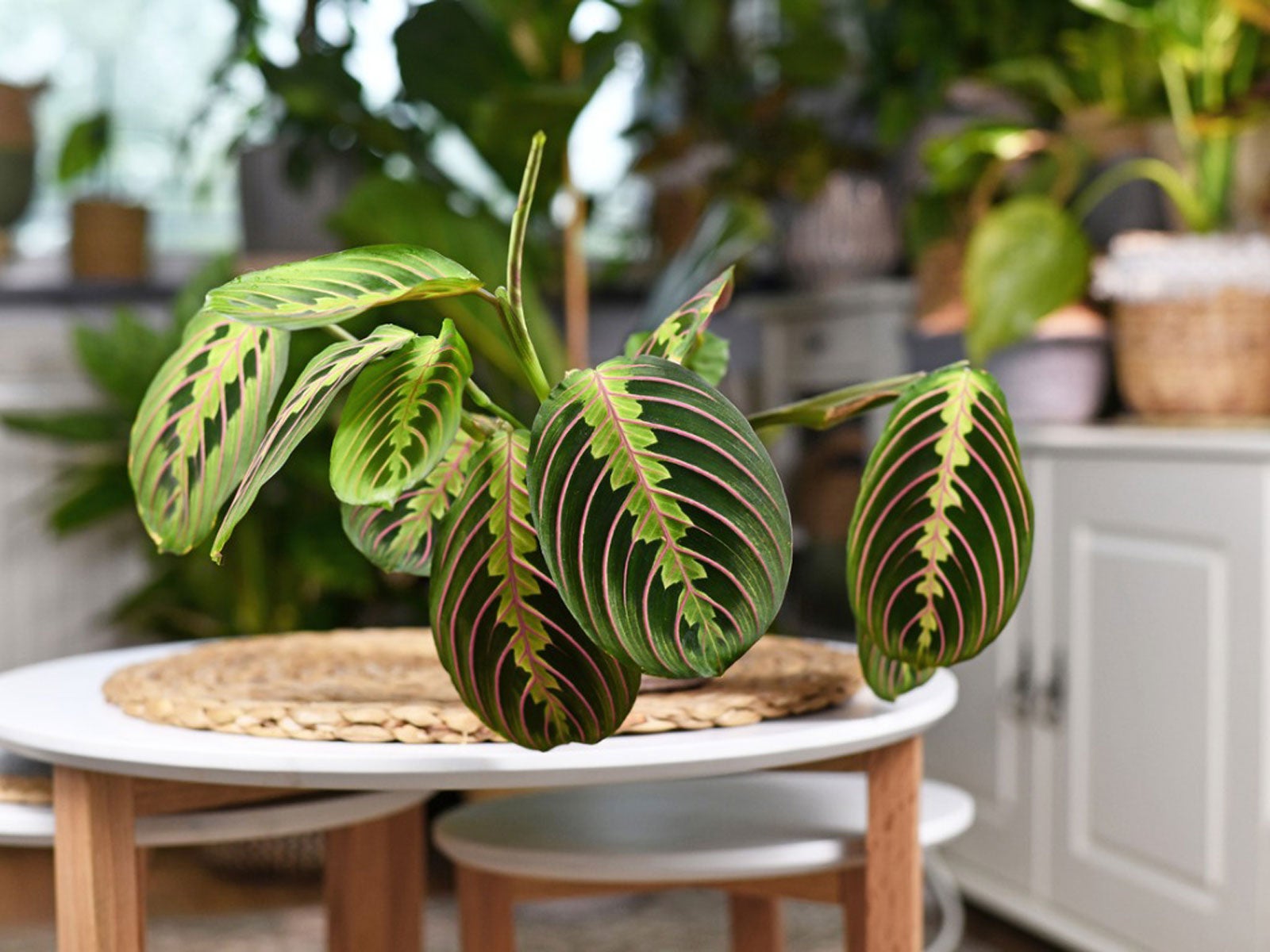 Calathea Vs. Maranta – Are Calathea And Maranta The Same
Calathea Vs. Maranta – Are Calathea And Maranta The SameAre Calathea and Maranta the same? They're closely related and often confused with one another, but are in different genera. Learn more here.
By Bonnie L. Grant
-
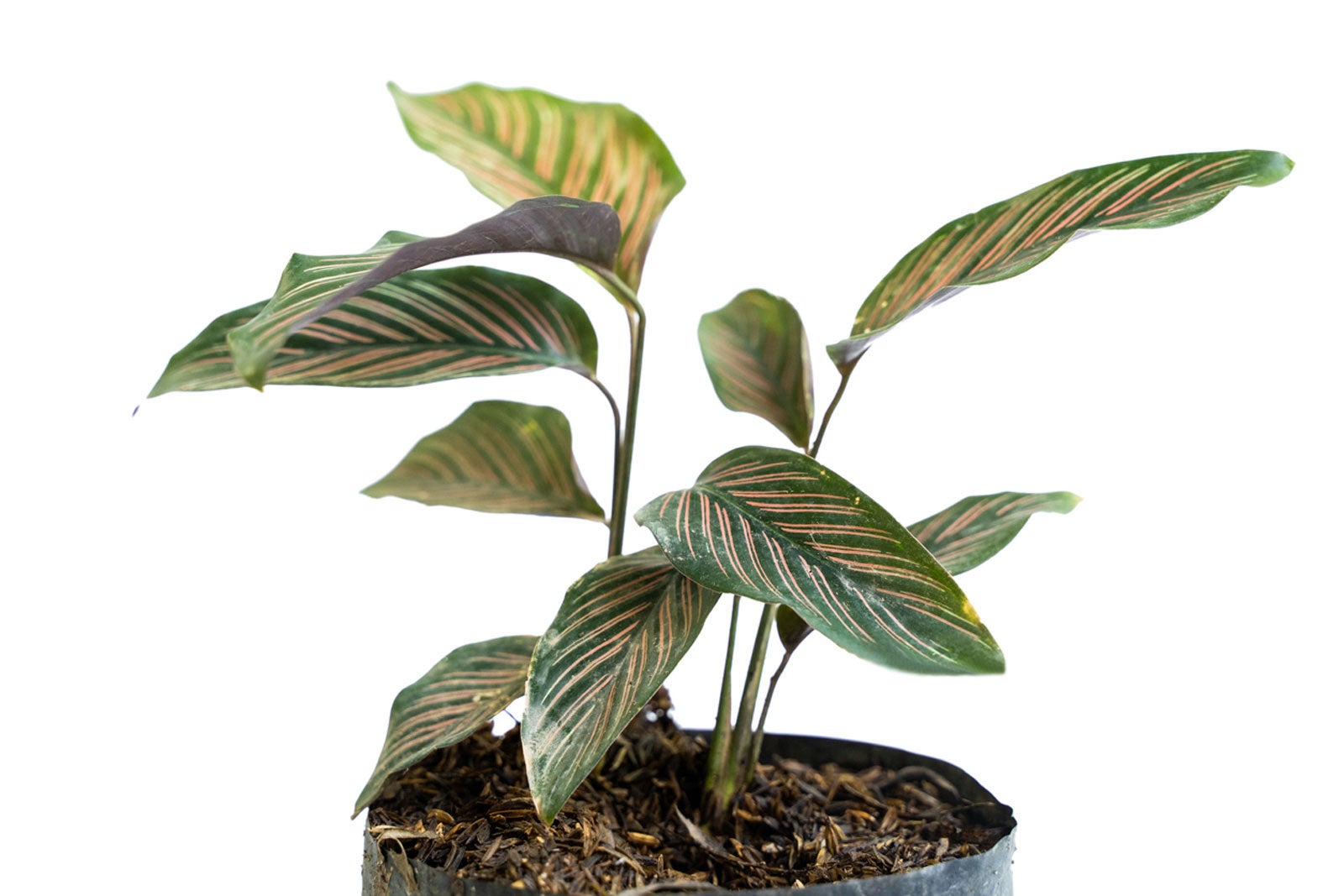 Indoor Pinstripe Plant Info: Growing A Pinstripe Houseplant
Indoor Pinstripe Plant Info: Growing A Pinstripe HouseplantCalathea ornata, or the pinstripe houseplant, is a striking plant with beautifully veined leaves that can make a striking statement in your home. Like any Calathea, houseplant care can be tricky and extra effort is needed for them to look their best indoors. Learn more here.
By Raffaele Di Lallo
-
 Calathea Care In Gardens: Tips For Growing Calathea Plants Outside
Calathea Care In Gardens: Tips For Growing Calathea Plants OutsideWill Calathea grow outdoors? It depends on your climate because Calathea is a tropical plant. If you?re fortunate to live in a warm, humid climate in USDA plant hardiness zone 8 or above, you can certainly try growing calathea plants in your garden. Click here for more info.
By Mary H. Dyer
-
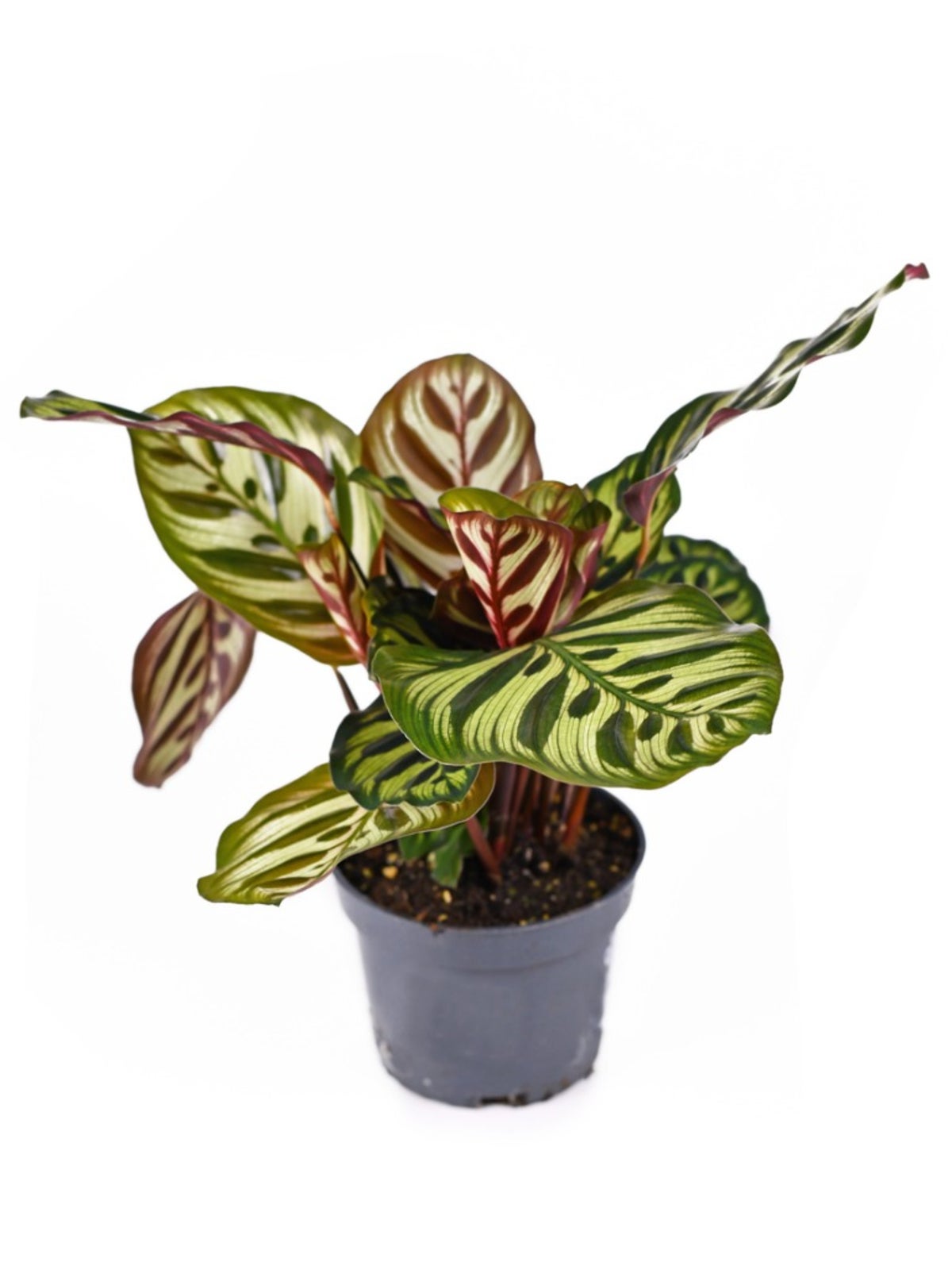 About The Calathea Peacock Plant: Information On How To Grow A Peacock Plant
About The Calathea Peacock Plant: Information On How To Grow A Peacock PlantPeacock houseplants are often found as part of indoor collections. Taking care of Calathea peacock and creating conditions in which it will flourish is not difficult when following the simple tips in this article.
By Becca Badgett